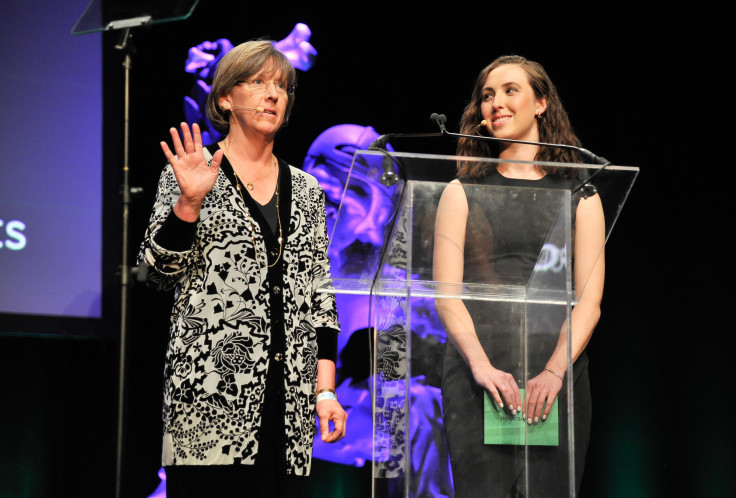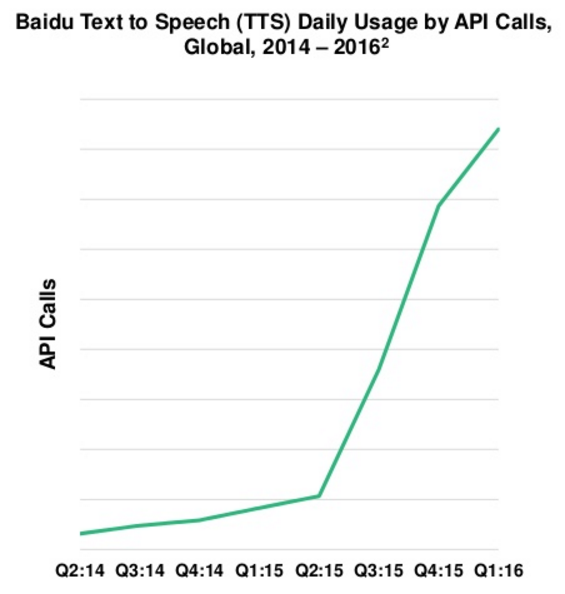Voice Recognition Explosion Driving A Hands-Free Future For Search Queries

We’re headed toward the future, hands-free, in a supersmart car.
At least, those are two of the more provocative takeaways from Kleiner Perkins Caufield Byers partner Mary Meeker’s “Internet Trends 2016” report, which was released Wednesday at the Code Conference in Rancho Palos Verdes, California.
Required reading for the technology, media and investment communities, Meeker’s report touches on a number of topics in the digital media space, including the peculiarities of millennials, the rise of messaging applications and social media’s embrace of photographs and video.
But Meeker’s reports are more interesting for what they forecast rather than for what they observe happening in the here and now, and two of the biggest predictions in the one this year are that the global smartphone explosion is beginning to moderate and that we are at the start of a torrid run of innovation around tech that we will be able to employ without using our hands.
That run is beginning because internet users are starting to embrace the option of delivering commands to their phones orally, rather than via swipes and taps. For example, the Chinese internet company Baidu has noted a massive recent spike in the number of users using its voice recognition capability to perform search queries. And Hound, a voice-based platform that was unveiled almost exactly one year ago, has reported that its users ask it between four and eight different kinds of questions every day, ranging from queries about the weather to requests that it purchase things.

In turn, that consumer interest has teams of developers working feverishly to develop new ways for people to interact with phones and other devices. While plenty of those teams live and work inside tech behemoths such as Microsoft and the Google unit of Alphabet, which offer their own voice-based assistant apps, a fair amount of this work is being done by third parties keen to participate in how people use things such as Amazon.com’s Echo, which may be on the verge of being regarded as a mainstream device.
Moving toward a moment when people get used to telling devices what to do, rather than inputting commands manually, sets the stage for what Meeker sees next, which is a moment when most of the things we do on our phones, particularly as we get from place to place, will soon be things we can tell our cars to do for us.
Thanks to development teams at companies ranging from Domino’s Pizza to Uber, Alexa, the voice assistant that animates Amazon’s Echo, has nearly one thousand “skills,” a substantial leap over last September, when Alexa could do only 14 things.

And as we move toward a moment when people get used to telling their devices what to do, rather than inputting commands with our hands, Meeker indicated she expects that we may be directing more of those commands to our cars. Or, to be more precise, to the car belonging to the autonomous fleet that you use to get around your city.
© Copyright IBTimes 2024. All rights reserved.





















